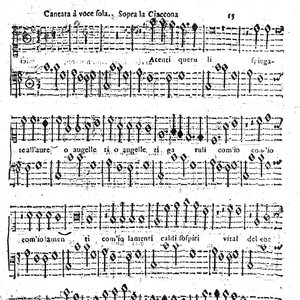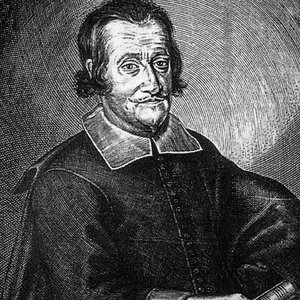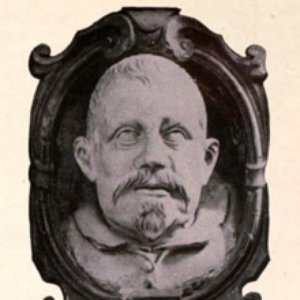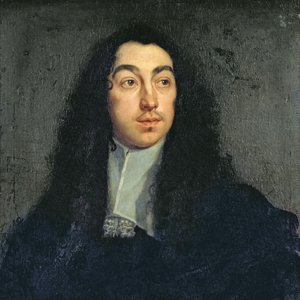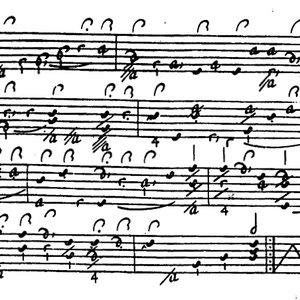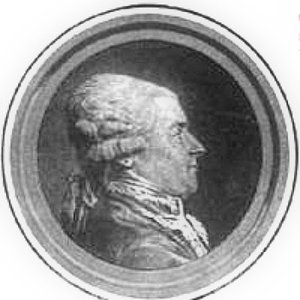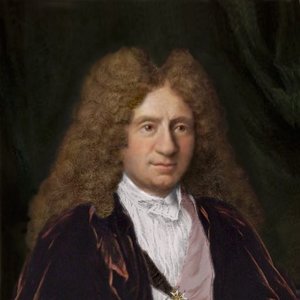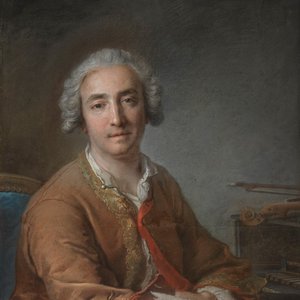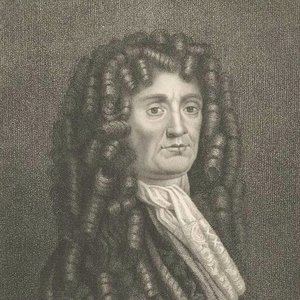Biography
-
Born
1603
-
Born In
Paris, Île-de-France, France
-
Died
January 1672 (aged 69)
Denis Gaultier (Gautier, Gaulthier; also known as Gaultier le jeune and Gaultier de Paris) (1597 or 1602/3 – 1672) was a French lutenist and composer. He was a cousin of Ennemond Gaultier.
Gaultier was born in Paris, but there are conflicting accounts of the date. Very little is known about his career. He may have studied under Charles Racquet, since he commemorated the lutenist's death with a tombeau. Until at least 1631 Denis's career was closely linked to that of his older cousin, Ennemond; so much so that contemporary writers referred to both composers by surname only, making no attempt to distinguish between them. Both lutenists had connections with Blancrocher and Henri de l'Enclos, and both secured a high reputation comparable to that of François Dufaut, Jacques Gallot, or Charles Mouton. In 1635 Denis married Françoise Daucourt. Their son Philippe Emmanuel later became advisor to the king, but there is no evidence that Gaultier himself ever held a court position, even though his cousin did. Denis most probably gained fame and income through salon playing.
Denis and Ennemond are confused in many contemporary manuscripts and prints, leading to numerous attribution problems. A number of pieces are signed simply with the surname, some are attributed to Denis in one collection and to Ennemond in another, and still others are now known to have been be misattributed. Gaultier's output, as is to be expected from a 17th-century French lutenist, consists mainly of dance suites for the lute. In general, Gaultier was a masterful melodist, effortlessly writing graceful melodic lines with clear phrase structures, but his music is less inventive harmonically than that of some other French lutenists of the era, such as René Mesangeau or Pierre Dubut.
Three published collections of Gaultier's music have come down to us, all from his late years. La rhétorique des dieux (1652) contains twelve parts, each named after one of the Greek modes, but the actual harmonic procedures of the pieces are not connected to the modes. Many of the pieces refer to Greek mythology. The collection, compiled under the patronage of Anne de Chambré, also contains engravings after Le Sueur, Abraham Bosse, and Robert de Nanteuil. The other two collections are Pièces de luth sur trois différens modes nouveaux (c. 1669) and Livre de tablature de Mr. Gaultier Sr. de Nève et de Mr. Gaultier son cousin (c. 1672). Each begins with basic instructions on lute playing. All three manuscripts consist principally of dances. The one other genre Gaultier made an important contribution to is the tombeau.
An adequate assessment of Gaultier's music and influence is difficult due to attribution problems. According to recent research, La rhétorique des dieux may consist of works not composed by Denis Gaultier, or original works by him changed by unknown scribes. The 1672 collection was completed after Gaultier's death by his pupil Montarcis, and contains music by the two Gaultiers. Other pieces, found in various manuscripts, also pose numerous attribution problems. Nevertheless, Gaultier was an important exponent of the French style brisé, and as such an influence on harpsichordists such as Johann Jakob Froberger. Some time around 1680 a few of Gaultier's works were included in anthologies by Perrine, a French theorist who experimented with the writing of lute music in staff notation.
Artist descriptions on Last.fm are editable by everyone. Feel free to contribute!
All user-contributed text on this page is available under the Creative Commons Attribution-ShareAlike License; additional terms may apply.

